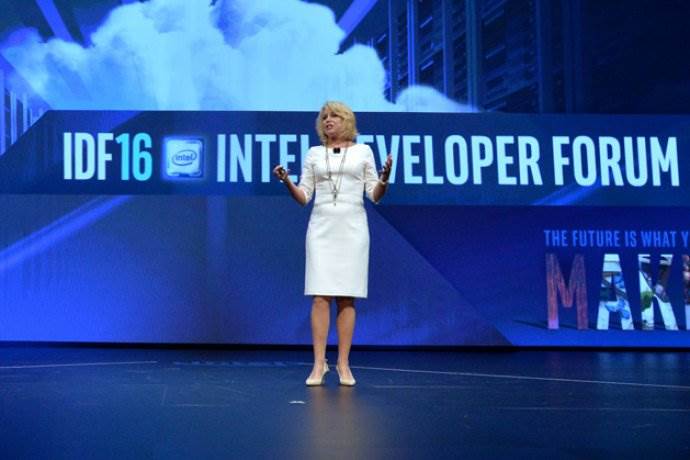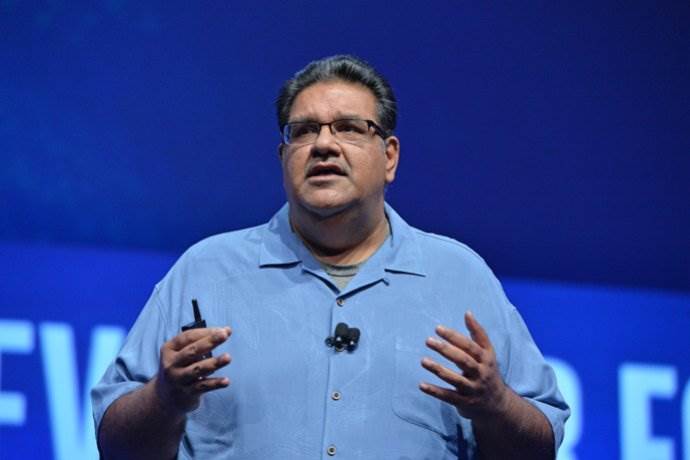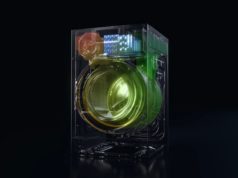Day 2 of the 2016 Intel Developer Forum began with Keynotes focusing on the Internet of Things and Artificial Intelligence.
Murthy Renduchintala, president of Intel’s Client and Internet of Things Businesses and Systems Architecture Group, discussed some of the things Intel is focused on.
Renduchintala expects there will be 50 billion connected devices and 200 billion connected sensors by 2020. The ever increasing numbers of PCs, smartphones and wearables along with home and factory automation, emergency responders and self navigating cars will create massive amounts of data that require a huge overhaul in global networking. With platforms such as Twitch foreseeing exponential growth in data requirements with VR, the shift to 4K and the increasing shift to mobile devices, there is a clear need and requirement for faster processing and significant changes to the way data is processed. Changes will be needed to make the entire global network faster and more efficient, as well as improving security. Renduchintala believes the upcoming 5G standard will be critical in this regard, labelling the shift to 5G “as profound as the move from analogue to digital”
During the second keynote, Diane Bryant, Intel executive vice president and general manager of its Data Center Group, discussed the company’s vision and progress in the field of artificial intelligence. A key pillar of Intel’s approach, she gave a few details on the upcoming Intel Xeon Phi processor family (code named Knights Mill) which Intel is promoting as a tool for deep learning and analytics. She also talked about Intel’s Silicon Photonics 100G optical transceiver products. This allows enterprise users to providers to use light to move data at 100 gigabit-per-second over distances of up to several kilometers over fiber-optic links. Importantly, these transceivers are available now.

One of the key things PC enthusiasts would be looking forward to is news on Kaby Lake, the 7th generation core processors. These processors are due to supersede the current Skylake range, actually the second generation of 14nm processors after Intel announced a delay of its 10nm production. This means the ‘tick-tock’ production schedule Intel has followed for a decade is now obsolete.
While few details were provided, Intel did show a Dell XPS laptop equipped with Kaby Lake running Overwatch via the IGP. There was no information given on the details or resolution, though given what we know about the current high end Iris Pro graphics, it is possible that a game like this could run at 1080p, albeit with the details lowered.
Kaby Lake is also expected to include improved video capabilities, particularly with regards to the increasingly utilized HEVC codec and 4K content.
Laptops and mobile devices are scheduled to ship during the latter part of the year with desktop solutions expected in early 2017.
Images credit: Intel Corporation







